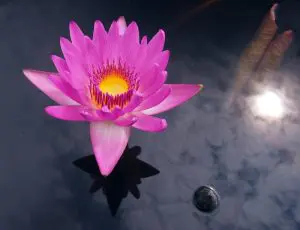While day and evening trips to the Hong Kong countryside are rewarding, a whole new experience awaits if you’re willing to camp.
Pampered Campers n Trampers Minus Hampers
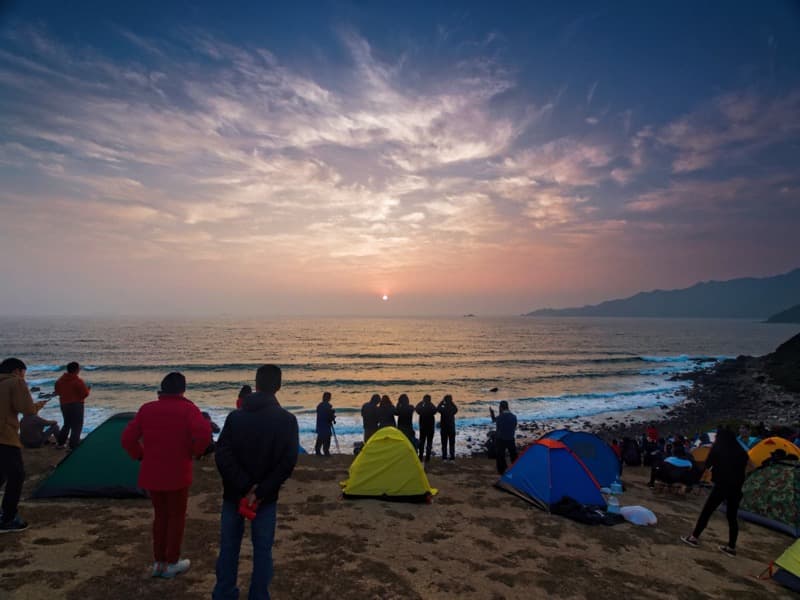
While day and evening trips to the Hong Kong countryside are rewarding, a whole new experience awaits if you’re willing to camp. And though “camping” may conjure images of seasoned survival experts quietly cooking concoctions in billycans, then retiring for a slumber amidst peaceful wilderness, camping Hong Kong style can be rather different.
Indeed, it might seem that camping means spending most of the night cooking, talking, joking and drinking, before retiring briefly, and re-emerging to catch the sunrise. After which, it’s time to have breakfast, pack up, and leave – presumably for a good sleep at home.
Happily, whether your aim is to frolic with friends or commune with nature, Hong Kong has places you can head to enjoy a night or two in the wild.
Essentials
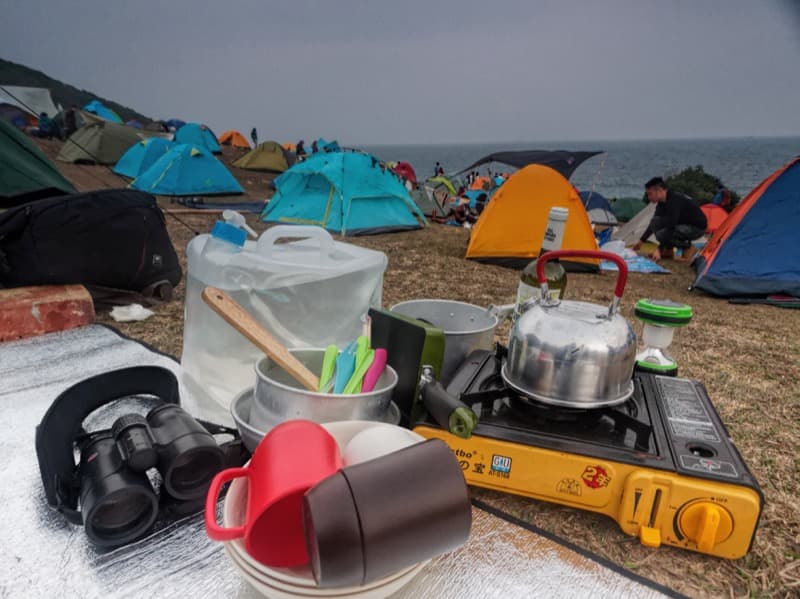
Visit an outdoors shop, and you’ll discover a host of items for camping, several of which you might never have guessed existed. You could spend handsomely on these, so what promised to be an el cheapo evening could cost something akin to a night or two in a presidential suite. Happily, most items can be left in the shop, for now at least. Though there are essential pieces of kit:
Tent – Crucial, unless you’re heading somewhere you can rent a tent, or will sleep in the open. Needs to balance being big enough for you and anyone who’ll share it, along with some bags, yet sufficiently small and portable that you’ll actually use it;
Sleeping bag – Note that Hong Kong evenings can be surprisingly chill at times;
Clothing – Ready for changes in conditions, like cooler nights;
Cooking gear – Probably a small gas cooker, pot and pan, plus bowls, cups and utensils;
Torches – Maybe one for small area lighting, another to carry when you walk about at night.
More – Groundsheet for tent, sleeping mat, towel, water container, map;
Something to carry the kit – Maybe a rucksack, perhaps even a wheeled suitcase if there are few or no steps to your destination; and
Somewhere to camp – Read on.
Campsites
Most campsites in Hong Kong are government run, especially by the Agriculture, Fisheries and Conservation Department. For lists, see:
http://www.lcsd.gov.hk/en/camp/campsites/p_campsite.html
Some people also camp on beaches, such as at Tai Long Wan on the Sai Kung Peninsula, along with other non official sites like grassy areas of Tap Mun. Plus there’s an emergence of “glamping” – blending comfort and camping, with tents included in the price – at places such as Tsim Bei Tsui Organic Farm, in Yuen Long, and Palm Beach on south Lantau.
Here’s a selection of campsites – all free of charge, indicating the variety that awaits you.
Pui O Campsite
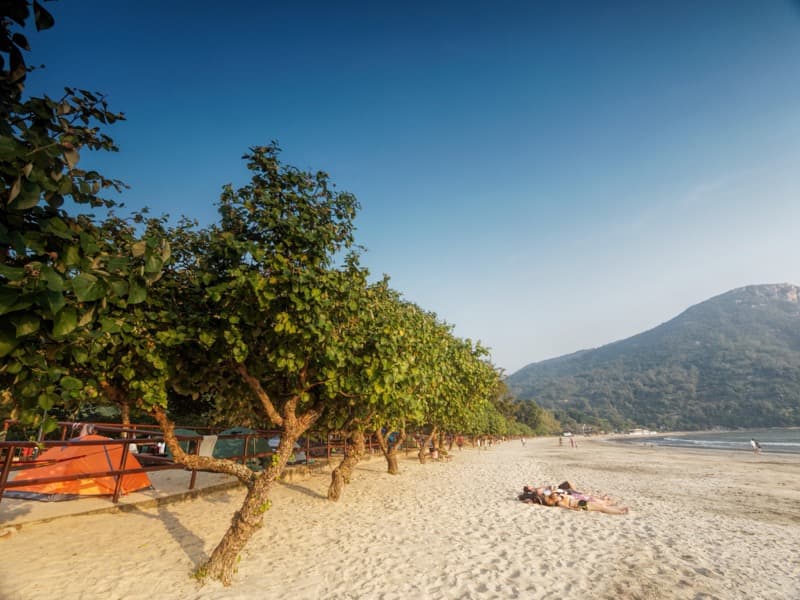
Type: Party on, maybe after squabbling over territory.
Where: Beside the beach at Pui O, southeast Lantau.
What to do: Enjoy the beach, barbecue and drink as others do likewise nearby; walk nearby at night in search of peace and Brown Fish Owls.
Notable: Made the news due to crowding by mainland China tourists, who were evidently in Hong Kong for shopping not the countryside – which led to bookings being required for long holidays.
Frequented by Billy the Cow, who is over-fond of food handouts but also hangs out with nearby water buffalo.
Getting there: Bus from Mui Wo or Tung Chung.
Nam Shan Campsite
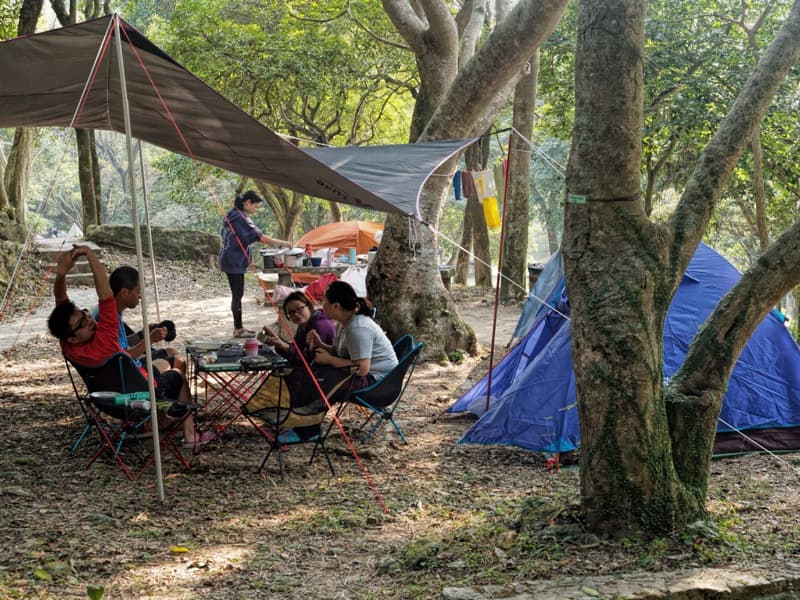
Type: Woodland retreat.
Where: Little more than a stone’s throw from Pui O, near road to Mui Wo.
What to do: Chill out amongst the trees. Maybe hike – it’s by paths including the Lantau trail. Pop down to Pui O to enjoy the beach, before returning for a quiet night.
Notable: So near South Lantau Road, yet so far from the city.
Getting there: Bus from Mui Wo or Tung Chung.
Tap Mun = Grass Island
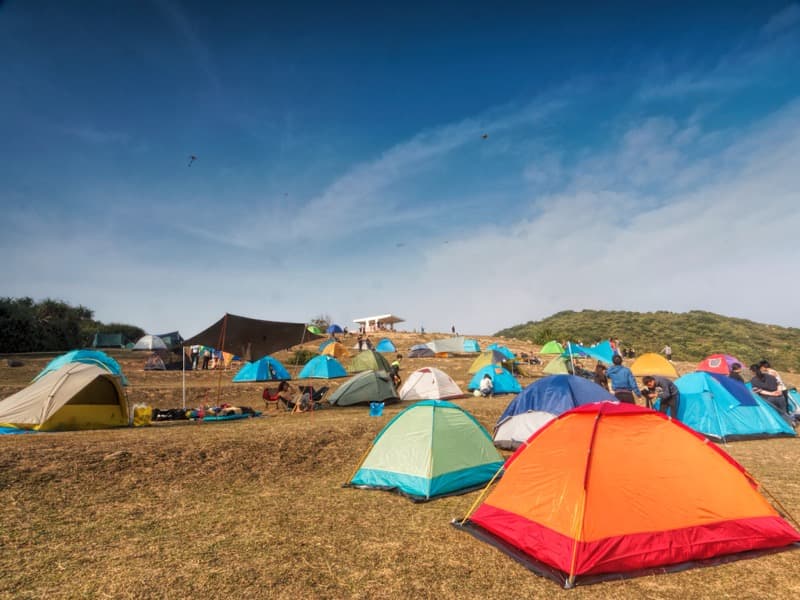
Type: Remote and popular.
Where: Grassy areas atop the southern headland of Tap Mun, off the northeast coast of the Sai Kung Peninsula.
What to do: Stroll trails above the wild coastline, visiting the Balance Rock – a rock tower like Hong Kong’s answer to the Tower of Pisa. If the sky’s clear, there’s a chance to stargaze, and perhaps admire epic sunsets and sunrises.
Notable: Unofficial campsite; there are several grassy areas used by campers. Just above a coastal village, where restaurants open at weekends and during public holidays. Relatively far from the public toilet that’s the main water source.
Visited by piratical feral cows that can cause consternation; no longer content with getting handouts from campers, they may amble in to grab what they can before being shooed off [tip: shoo LOUDLY]. Your intrepid reporter saw one that even went in a tent, with the campers yelling that it peed inside, leading to them spending the afternoon washing and drying mats and more.
Getting there: Ferry from Ma Liu Shui or Wong Shek Pier. Walk up path to the north of the village, following signs to the toilet and then towards the Balance Rock.
Tung Ping Chau
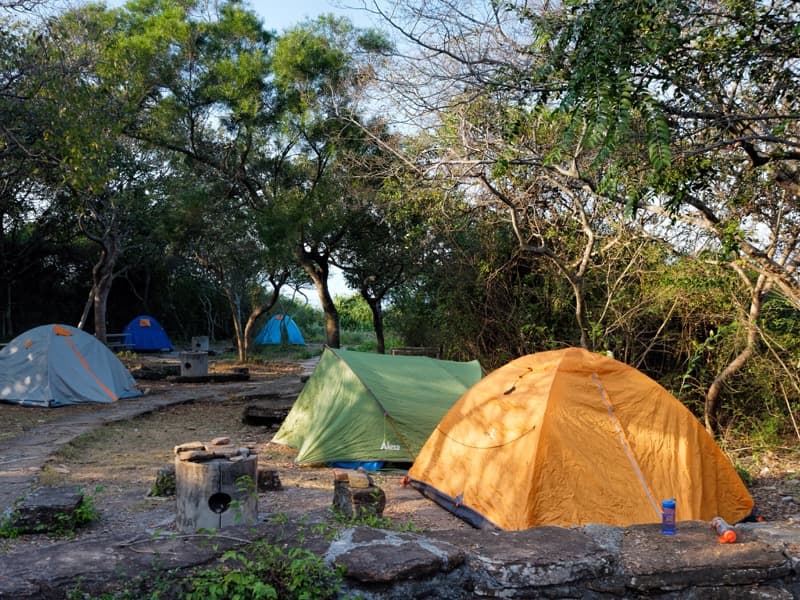
Type: Remote.
Where: Southeast tip of Tung Ping Chau, far east Hong Kong.
What to do: Explore the island. Enjoy the beautiful coast right outside the tent, with its wave-carved mudstone and rock pools, after the day-trippers have headed home.
Notable: The brightest lights to be seen from here are in eastern Shenzhen; Hong Kong’s hills are on the western horizon.
Getting there: Ferry from Ma Liu Shui, only on weekends and public holidays.
[First published by South China Morning Post.]

 While day and evening trips to the Hong Kong countryside are rewarding, a whole new experience awaits if you’re willing to camp.
While day and evening trips to the Hong Kong countryside are rewarding, a whole new experience awaits if you’re willing to camp.




